In the countryside of northeastern Connecticut, with a few forays into New Hampshire and Maine, I roamed with a Linhof rail camera, four Schneider lenses, a spot meter, sturdy tripod, and models and strategies learned mostly from Ansel Adams, Fred Picker, and Edward and Brett Weston.
Chaplin, CT, c. 1995
Eagleville, CT, c. 1996
Lake Bungee, Woodstock Valley, CT, in the fall before it froze thick for "Black Ice"
Hall's Quarry, Mount Desert Island, ME, 1991
Why do nets (one species of matrices) keep beguiling me? I crave visual structure, partly to rave against mush, in the visual arts and beyond, partly to balance against my fascination with visual ambiguity. Despite my efforts, I cannot explain the hold they have on me.
Southwest Harbor, ME, 1991
Heavy rain made photographing outside with a heavy, cumbersome, delicate, and expensive Linhof rail camera risky, frustrating, and anti-enjoyable, so I took refuge in a restaurant. After asking its owner for permission to tripod my beast in his main dining room, I made this image through its picture window.
Seal Harbor, ME, 1991
If someone asked me for a tree characteristic of New England, I would reply, "The ancient apple tree" for its venerable scraggliness. Sure, such orchards must dot other regions, as well, like the Midwest's Johnny Appleseed country, but in the U.S., they cannot be as old as those in New England. The region's landscape makes for a sense of time distinctive in this country. Does this centuries-old orchard still yield apples? Does anyone still care? Such questions played into my making such landscapes of New England. This bare, wintry orchard, like many others, looks and feels has-been, as does the region's farming generally and many factories that led the US into industrialism but now lie still or even in ruins.
near Woodstock Valley, CT, c. 1992
This barn is so large that it must have once housed many animals (or harvested crops and equipment), but it now stands empty and neglected, revealing the past, as like the shadow of the huge tree hints.
Because the shadow is folded at the roof gutter, it emphasizes another element of my photography, visual projection.
Storrs, CT, c. 1995
New England's farming is now almost as clapped out as this tractor seat. While re-photographing scenes in old photographs, I found high, dense forests now covering much land once farmed.
near Manchester, CT, c. 1995
Surprisingly to me, these tented tobacco fields and sheds are still active in the Connecticut River Valley, near where Thomas Gilbert, an English farmer and ancestor of mine, cleared land in about 1650. He came for a future of farming that is now, fifteen generations later, long past.
Windsor Locks, CT, c. 1996
New England has long prized simplicity.
The Congregational Church in Hampton, CT, c. 1996
The New Englanders who built this revered simplicity, piety, and community.
Chaplin, CT, c. 1996
The materials of such ancient houses, wood and stone, also surround them. This house may be much older than the tree.
Mansfield, CT, c. 1997
Found in a long disused field
Chaplin, CT, c. 1995
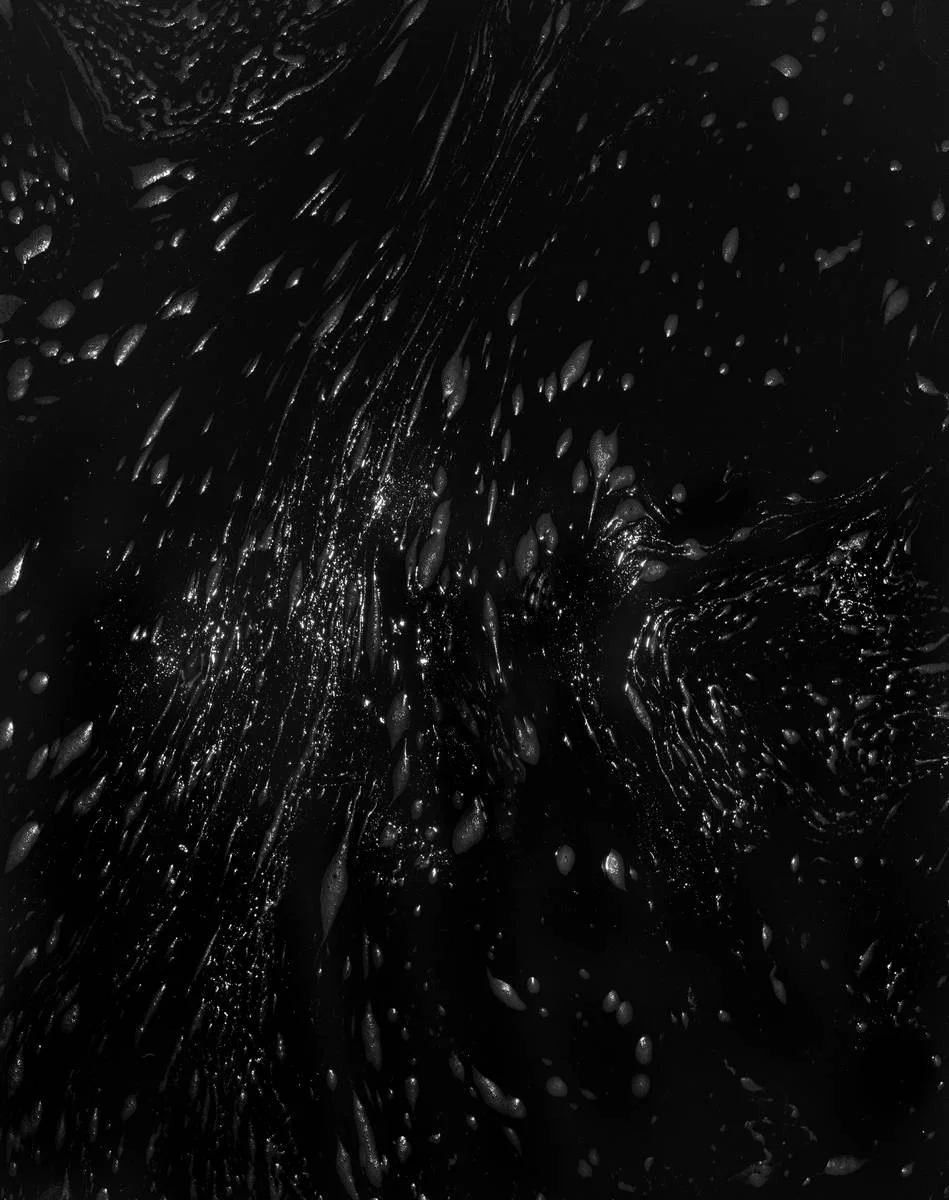
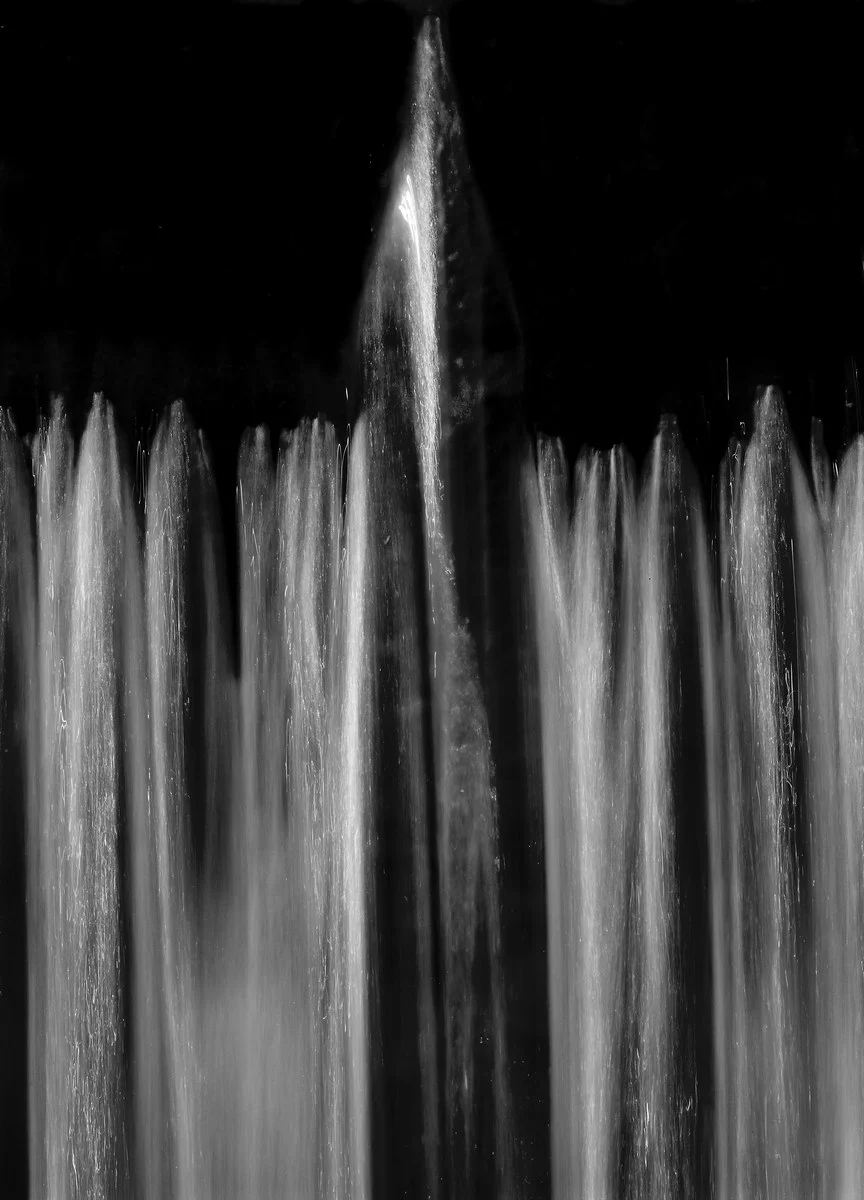
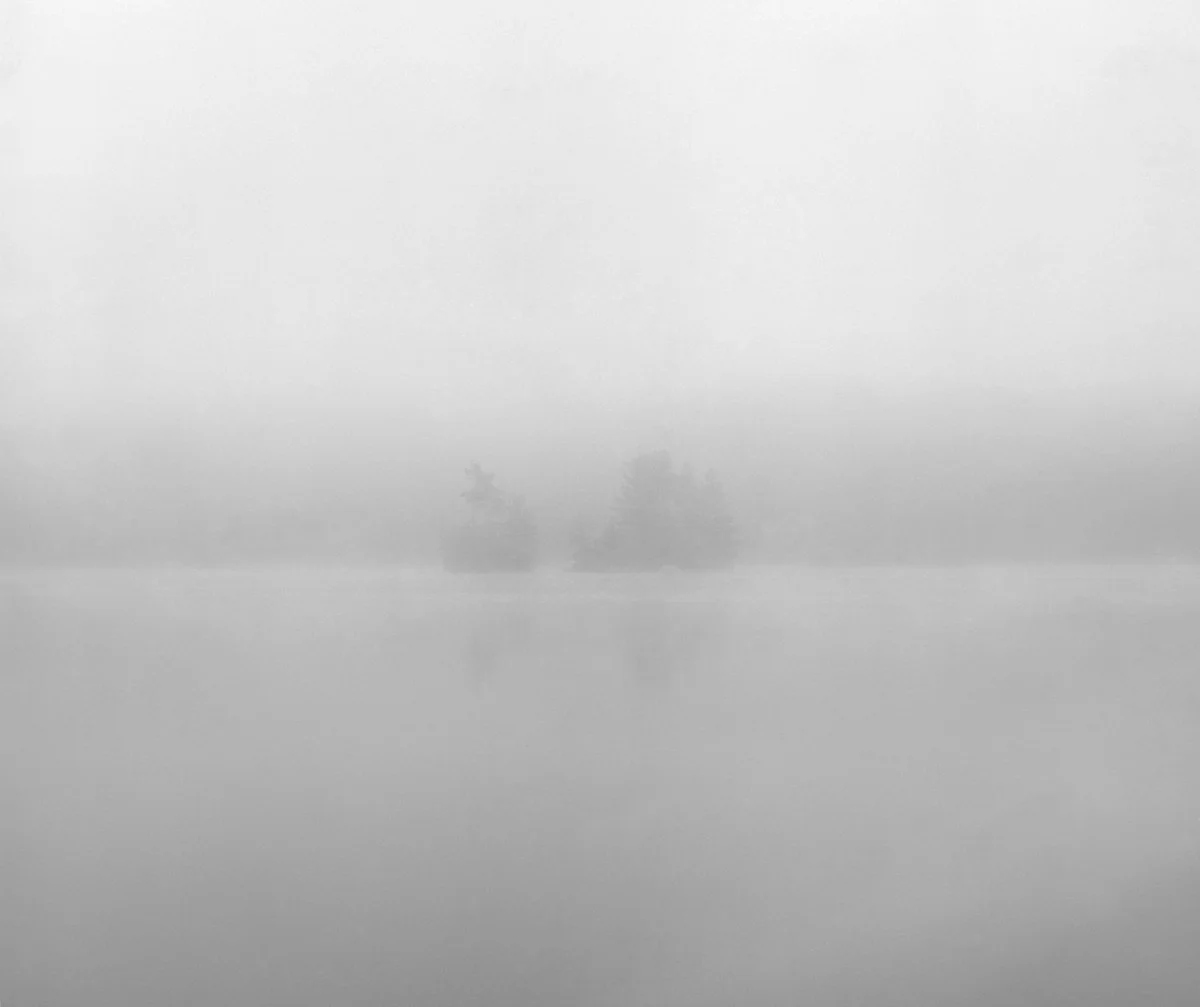

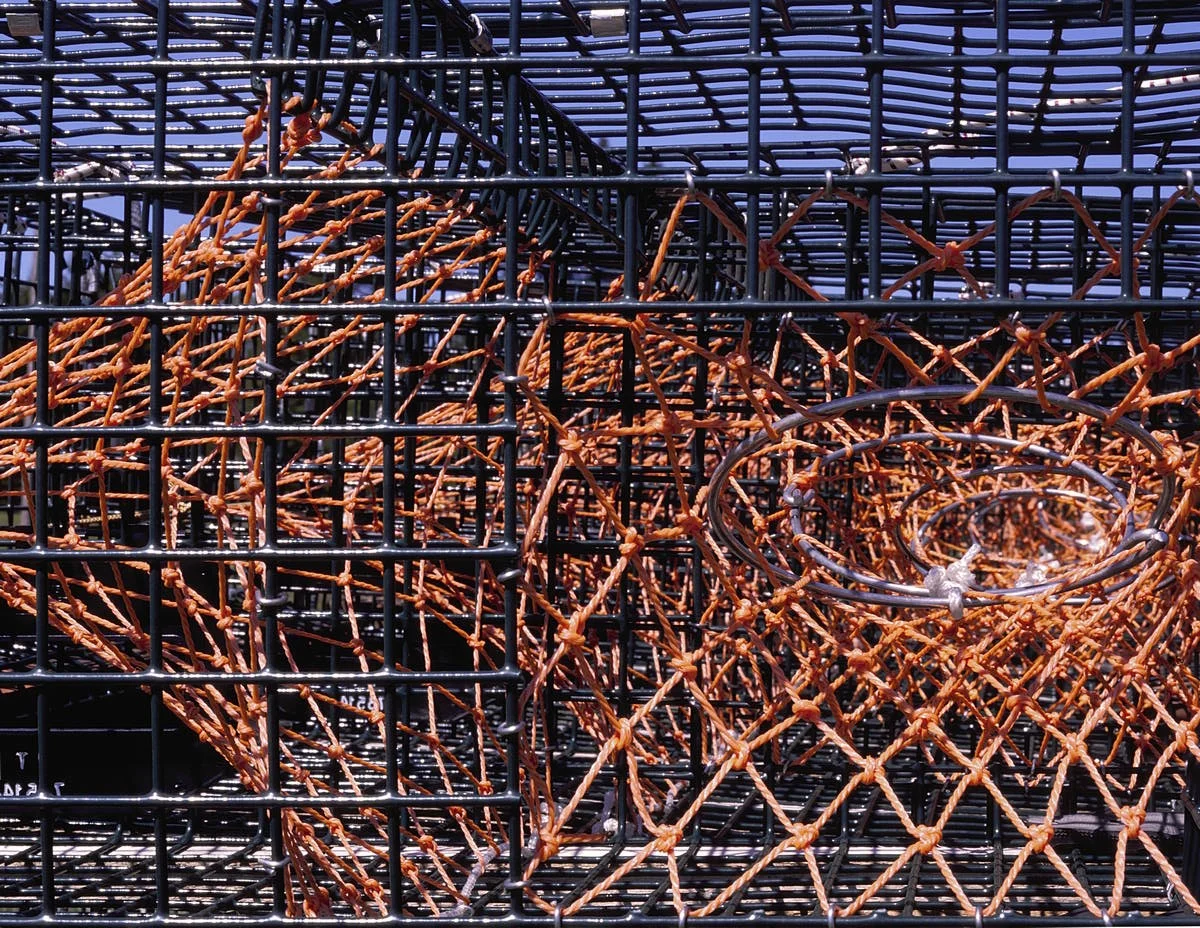

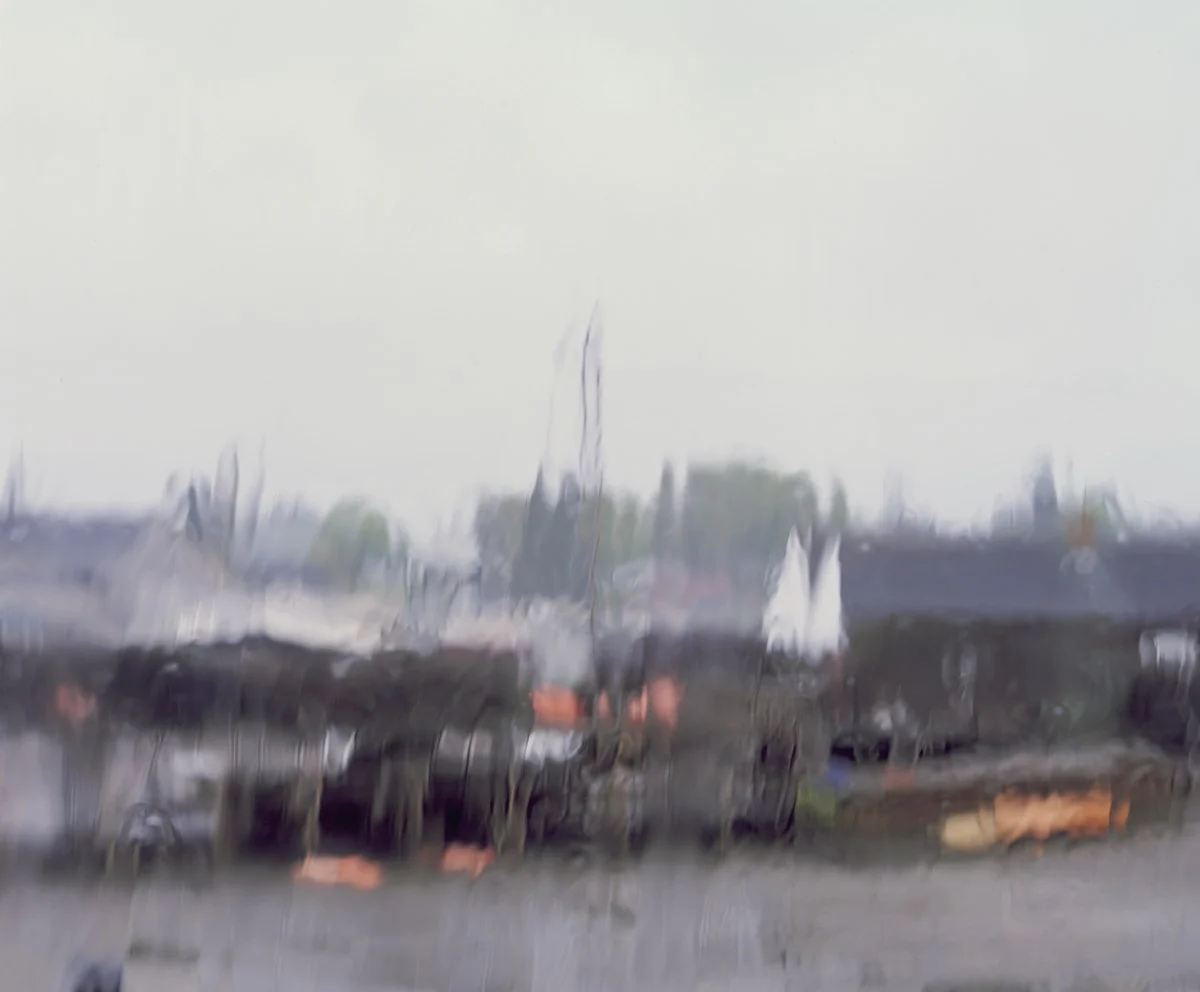
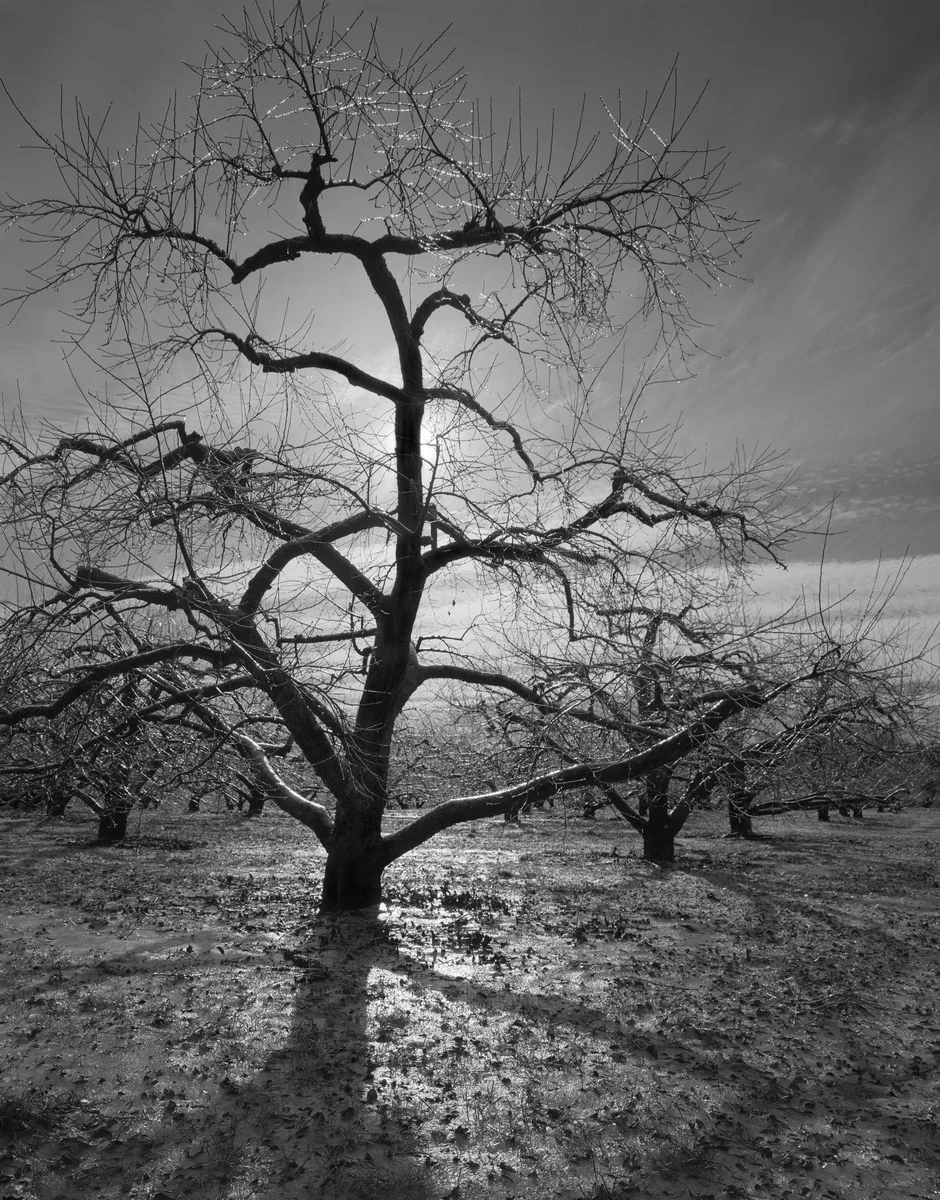


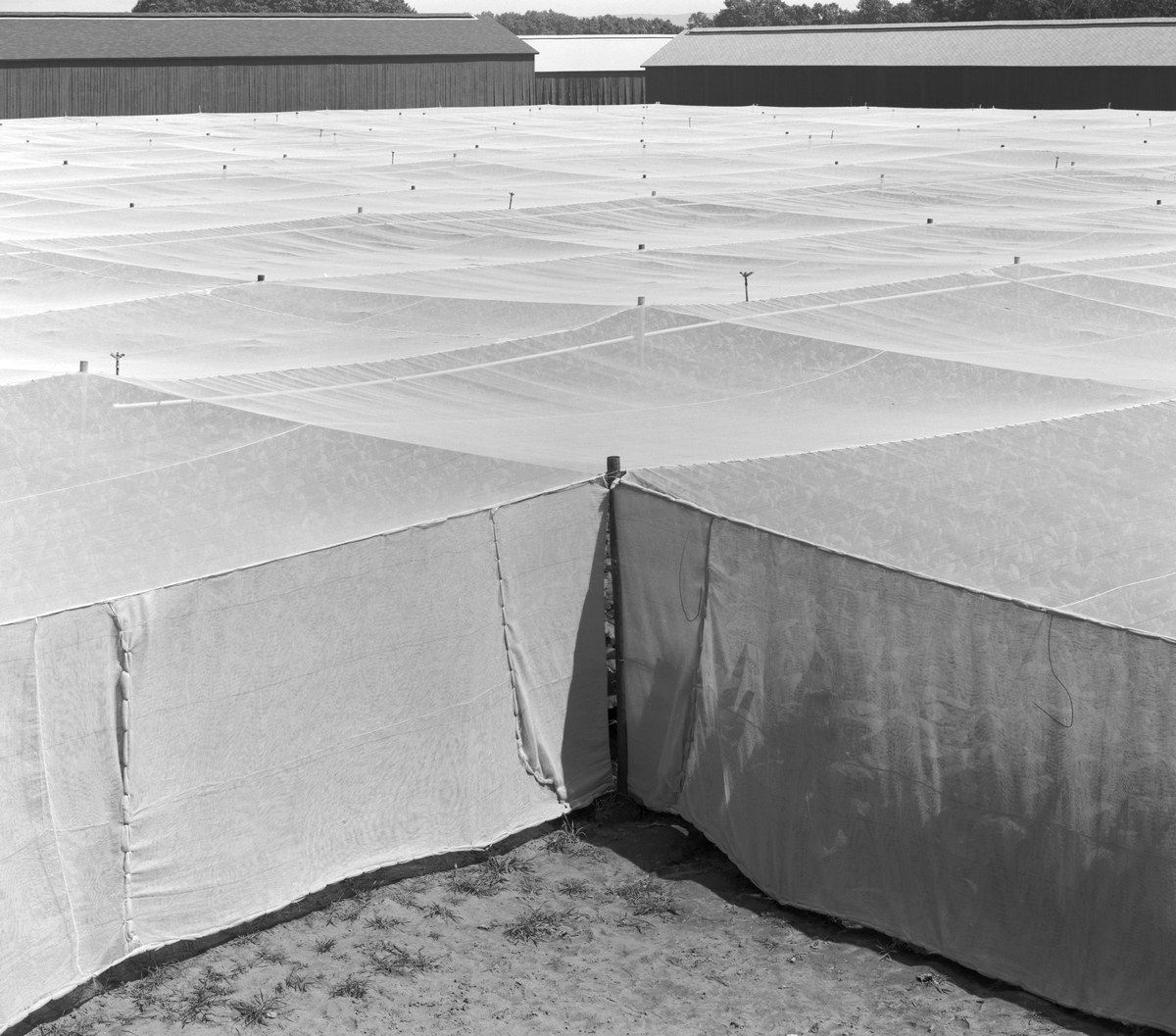

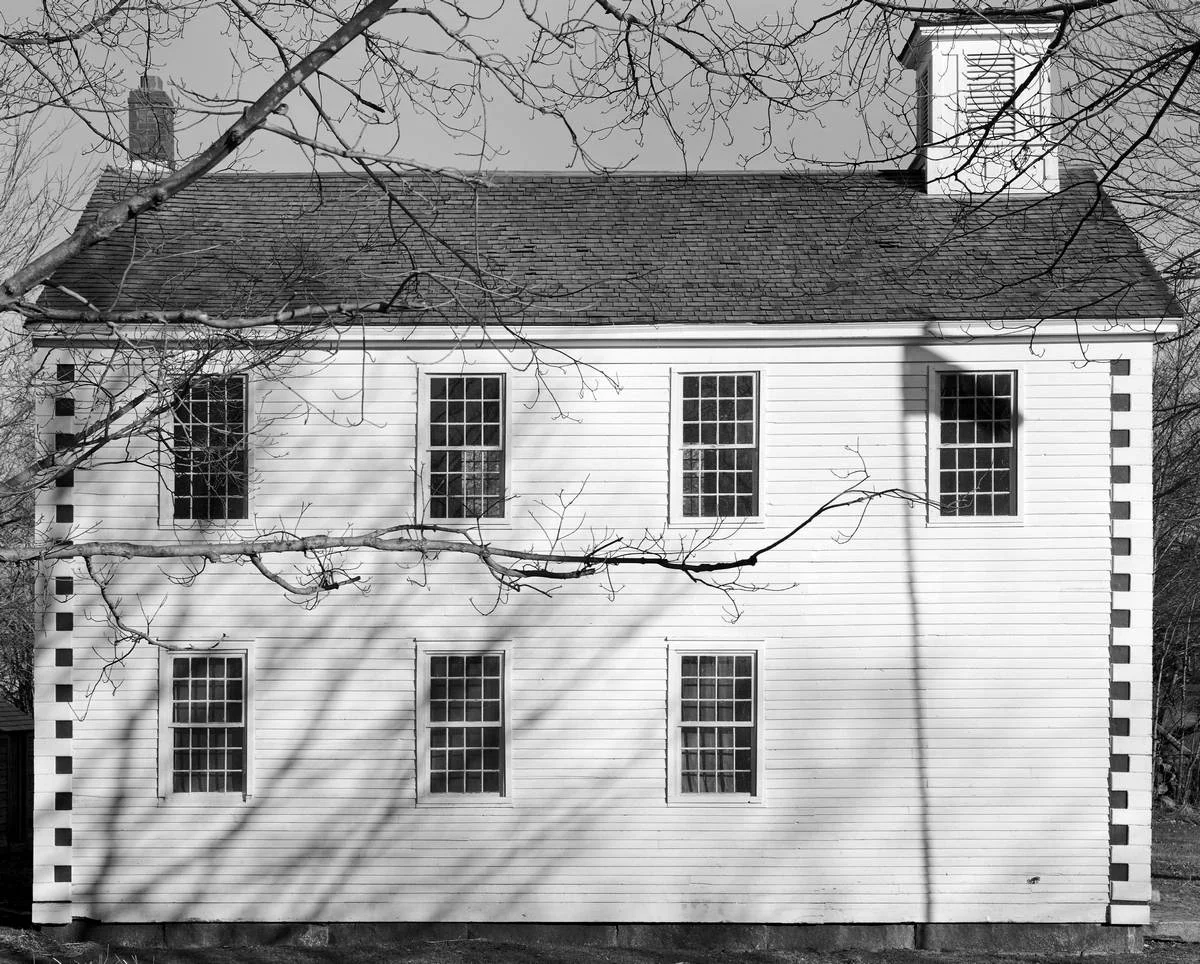


Near Woodstock Valley, CT, c. 1992